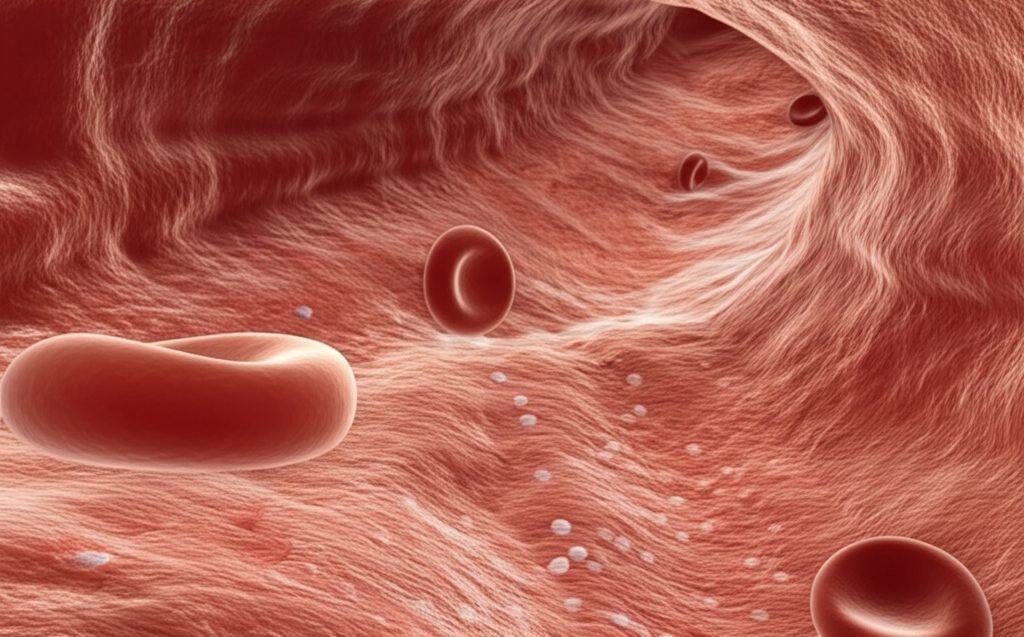The importance of total cholesterol has been questioned recently, even by the American Heart Association, which is shifting away from focusing on dietary cholesterol. While the pharmaceutical industry’s cholesterol-lowering medication market faces scrutiny due to known cognitive side effects like dementia and Alzheimer’s, it’s crucial to understand the different types of cholesterol and their roles in the body.
Total cholesterol comprises various types, but LDL (low-density lipoprotein) and HDL (high-density lipoprotein) are the most significant. The scientific evidence suggests that people with very low total cholesterol may have a higher mortality rate. Aggressively lowering cholesterol with medication may also shorten life expectancy. Cholesterol is essential, but the focus should be on the balance between LDL and HDL.
LDL, often called “bad” cholesterol, is a sticky, low-density substance that can oxidize and become toxic. HDL, or “good” cholesterol, is a larger, denser particle that helps transport LDL out of the body. Low HDL levels (below 40) are associated with an increased risk of cancer and other health issues. Higher HDL levels (60, 70, 80 or above) are generally better for immune system function.

When LDL levels are excessively high, it indicates an underlying issue. While LDL is found in arterial blockages, it’s not there to cause the blockage. The body uses LDL to repair inflamed arterial walls. The LDL sticks to the inflamed area in an attempt to repair, and continues to deposit cholesterol. This can eventually lead to a blockage.
The primary reason for elevated LDL is inflammation within the body. Until the source of inflammation is addressed, the body will continue producing more LDL to repair the damage. Two main culprits often contribute to inflammation:
Aggressor Foods: Certain foods can trigger an inflammatory response in some individuals. Using a glucometer to monitor blood glucose levels after consuming different foods can help identify these “aggressor foods.” Common offenders include rice, corn (especially genetically modified varieties), and wheat products.
Heavy Metals: In cases where dietary changes don’t lower LDL levels, heavy metal toxicity should be considered. Mercury fillings in teeth can be a source of mercury exposure. Testing for heavy metals like lead, mercury, and arsenic may be necessary if unusual symptoms persist and inflammation remains high.
For many people, identifying and eliminating aggressor foods can significantly improve LDL levels. Addressing the underlying inflammation is the key to restoring healthy cholesterol balance and overall well-being.



